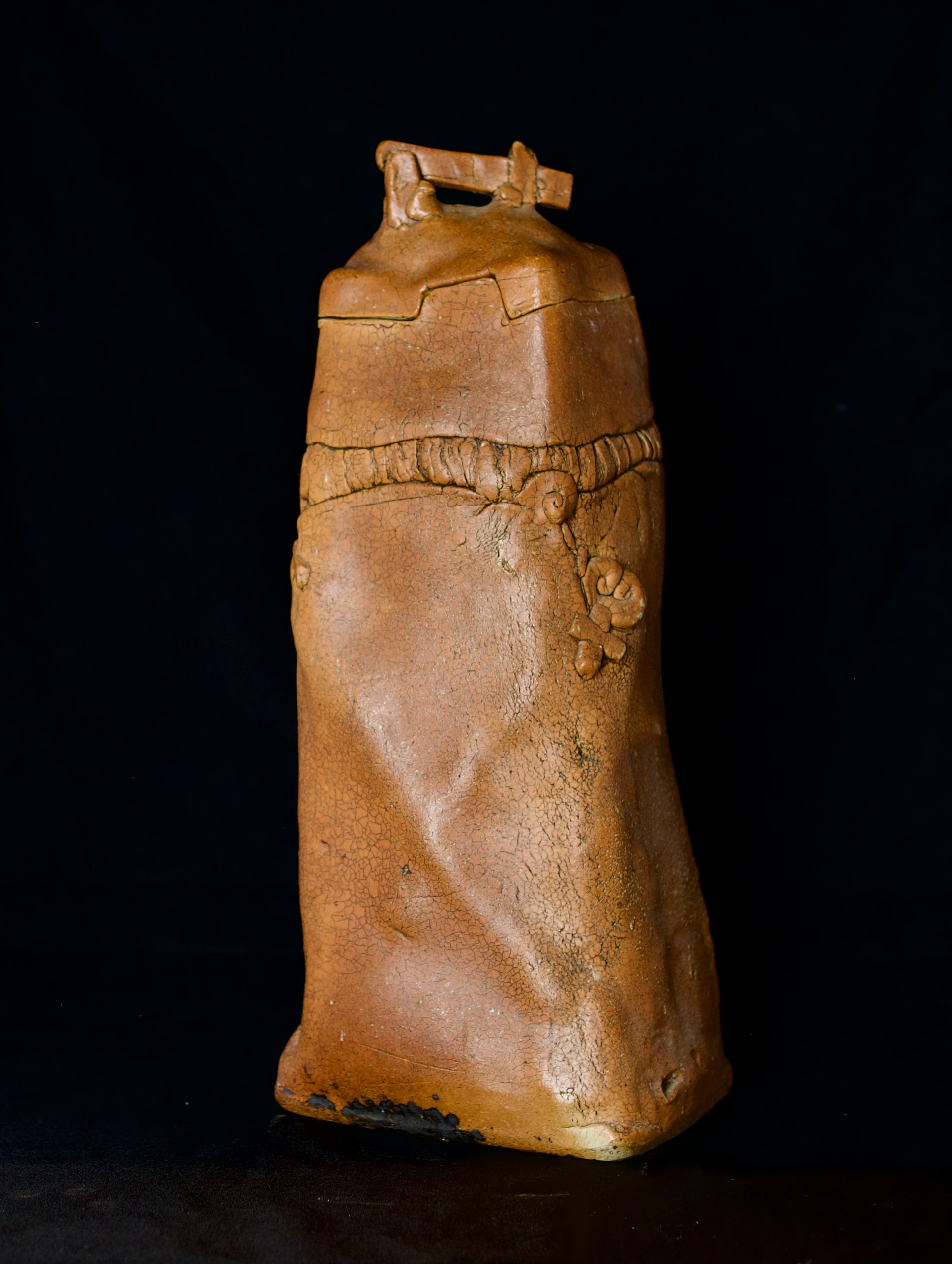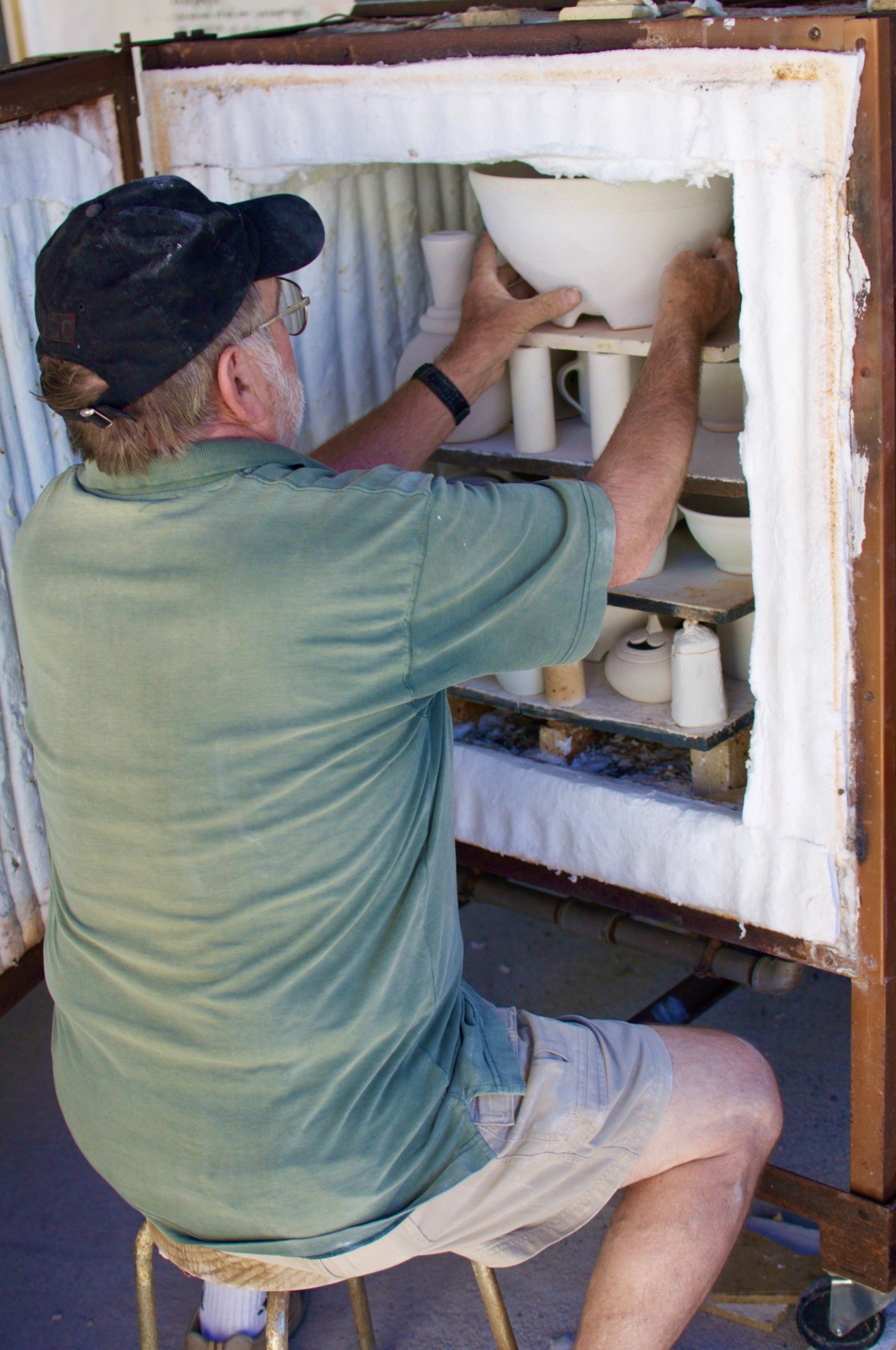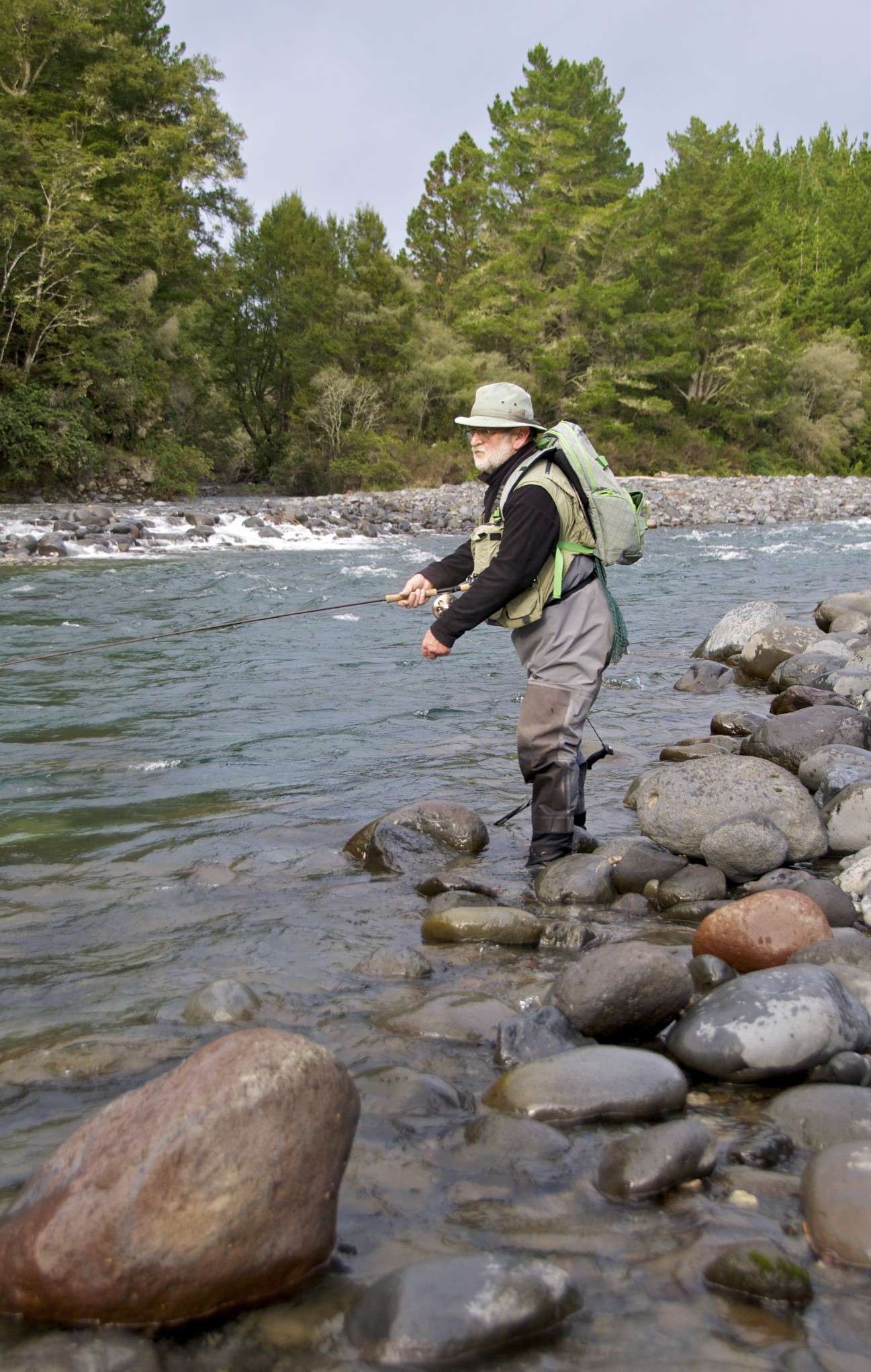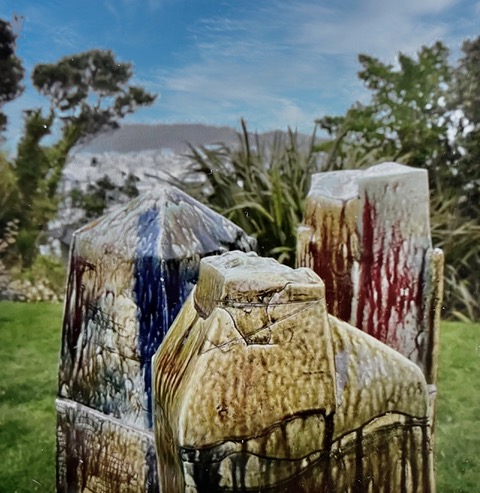George Kojis: A Retrospective Journey Overdue
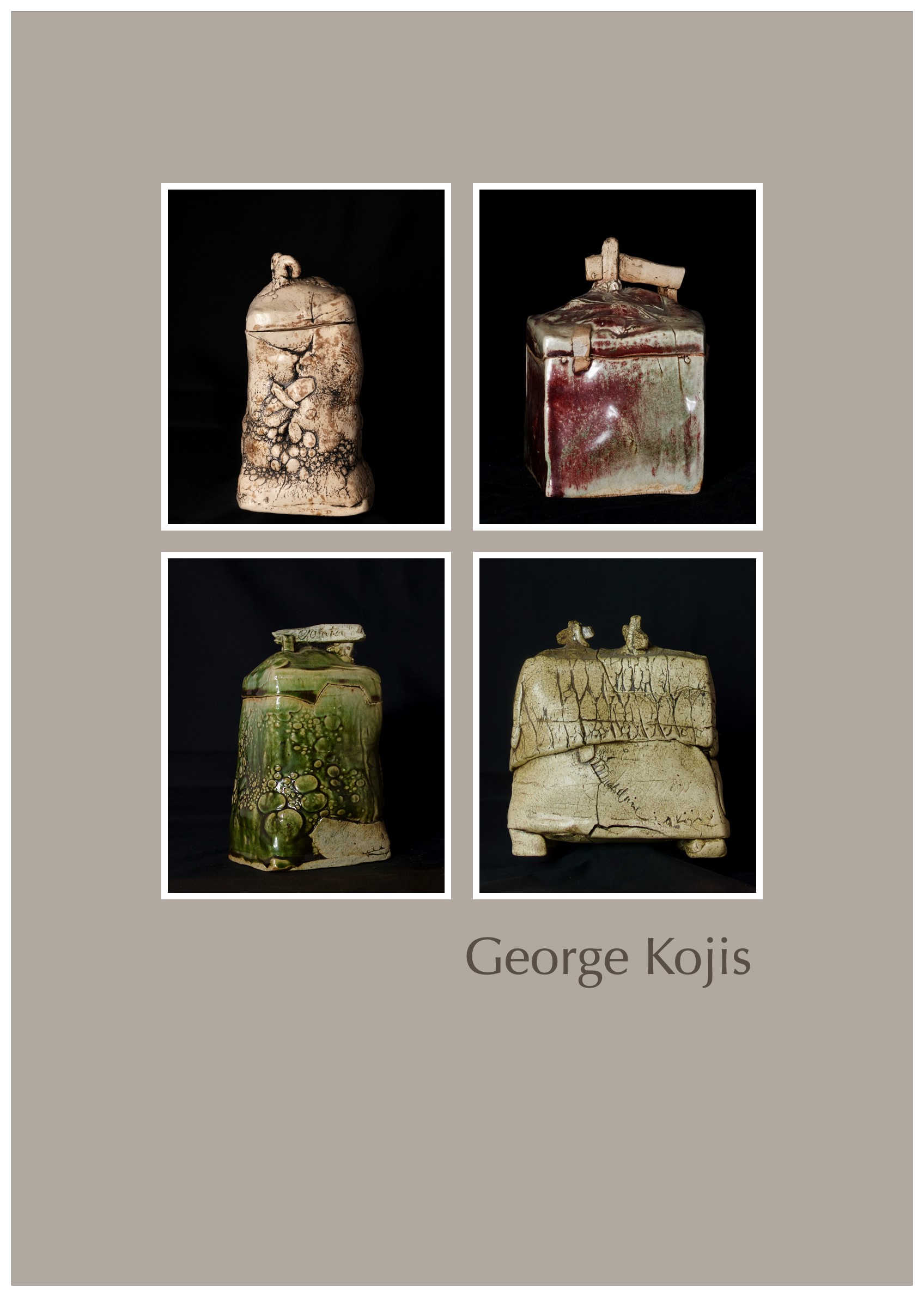
Ceramic Artist George Kojis arrived in New Zealand from the United States over 50 years ago. Today his work is held in academic institutions, museums, including Te Papa Tongarewa Museum, embassies, private collections and art galleries across New Zealand and overseas. Those who haven’t already secured work should be scrambling for a piece from this ceramic artist. George has demonstrated or lectured at over 200 events across Zealand; his ability as a tutor and teacher is surpassed only by his skill as an artist and creator. He has produced a significant and influential body of ceramic work, and his progressive teaching style and mentorship has impacted a generation of ceramic artists across New Zealand.
George studied art history and painting before completing a Master of Fine Arts degree (ceramics) at the Tyler School of Art at Temple University in Philadelphia. At Temple he studied under Professor Rudolf Staffel, an acclaimed ceramic artist, who received international recognition for his work with translucent porcelains called ‘Light Gathering’. Today Rudolf Staffel’s work can be found in museums, galleries and private collections across the USA, Japan and Europe, including the Victoria and Albert Museum in London.
In New Zealand, finding employment within his field of expertise in 1970s Christchurch was challenging, but George’s background helped him find work with Crown Crystal Glass and to undertake workshops with people associated with Cobcraft Engineering, while he applied for a secondary school teacher’s qualification. Once he had received his New Zealand teacher’s qualification, he accepted a position as head of Art at Taita College in Wellington. George’s experiences during his military service and subsequent travels in Europe and the Middle East had opened his eyes to disparities in accessing quality education for young people, particularly in the arts. He was keen to share his knowledge and enrich the lives of those who may have lacked the opportunity to experience creative arts.
George enjoyed his two years with the students at Taita College before taking up the role of Art Lecturer at the Wellington Teacher’s Training College. Many of Georges art students at WTTC were also doing Māori studies, and through friends and contacts he had made in the arts community he took his students to Tokomaru Bay to experience marae protocol and gain experience sharing their skills and knowledge. George and the students would spend a few days on the marae, creating clay ceramics and firing the completed projects in sawdust. He would continued to visit Tokomaru Bay with his students many times over the years.
George later become resident artist and manager of a Creative Workshop in Eastbourne where he met Paul Winspear, newly arrived from a pottery apprenticeship in Australia. Paul remembers:
George welcomed me with open arms to the converted butcher’s shop in Eastbourne that he was using as a studio and introduced me to his artist and potter friends. Together we built two kilns – the dimensions governed by the width of the butcher’s shop door. Suffice to say, cheap kiln cladding resulted in a spectacularly smokey first firing, involving a concerned neighbourhood and a very tolerant fire brigade who observed closely but mercifully refrained from dousing week’s of hard work. This was to be the first of many fiery adventures over our years of friendship, involving gas, diesel, wood and electricity.
George inspired me by establishing a wee artists’ enclave there in Eastbourne. He seemed to be both the honey that attracted other creative people and the glue that bound them as a collective – something he replicated in various other artistic groups wherever he worked. George’s creativity and skill with clay has inspired me for many years and his lidded vessels ranging from tiny to massive, often featuring his favourite game fish, are a delight. It is, however, as a teacher, mentor, facilitator and enabler of budding clay workers that George is so rightfully celebrated and cherished.
During this time George continued teaching ceramic art at universities and polytechnics, including Victoria, Massey, Palmerston North. In 1982 George joined the Wanganui Regional Community College where he helped to develop a four year art programme at the Collage leading to a Bachelor of Fine Arts degree. As head of the Ceramics Department, George coordinated and taught the ceramic art modules for both the diploma of Ceramic Design and Batchelor of Fine Arts along with community pottery classes with special interest groups including Summer School.
It was during a Community College Summer School in Wanganui that Wi Taepa, now a leading figure in contemporary ceramics and Māori clay arts in New Zealand, would meet George Kojis. Wi introduced himself one evening when George was sitting alone in the canteen, along with two bottles of beer by way of introduction. That was 40 years ago and Wi still looks back on that meeting with George as a turning point in his career. Wi, now a mentor himself, is pleased George is receiving recognition for his contribution to ceramics and pottery in New Zealand. Wi recalls:
George did things differently to other New Zealand potters; he encouraged me to just try things; if it wasn’t right, it wasn’t wrong and I would just do it again. It was George, an American from Wisconsin with a different background, who would help me to recognise my own culture in my work and to start my own journey. To this day George is my mentor and friend.
Following the closure of the Wanganui Polytechnic Ceramics Department, George worked from
home, producing work for exhibitions and commissions, before moving to Tūrangi to pursue his love of fly fishing. George‘s arrival in Tūrangi, with gas kiln and trailer loaded with glazes and pottery gear, was to be a turning point for Tūrangi ArtWorks and the local community art scene. From a previously dwindling membership, Tūrangi ArtWorks, as it is now known, was destined to become a thriving centre for workshops and exhibitions of pottery, textiles and painting.
George’s gas kiln, newly installed at ArtWorks, hardly had a chance to cool before new work would be ready for loading; funds were raised to build a wood-fired bottle kiln. New members came from around the district to participate in gas, electric, raku & sawdust firings, and bronze casting workshops. Exhibitions in Tūrangi township and Taupō Museum soon followed, and George became a founding member of the Pihanga Art Gallery co-operative in Tūrangi town centre that regularly displays work from ArtWorks members.
George Kojis was the catalyst for much of the revitalising of ArtWorks and creation of local exhibition space for creative artists in Tūrangi. George made it clear when he joined ArtWorks it was as a member only; no more teaching. However, when the pottery world learned George Kojis had moved to Tūrangi, artists and visitors began dropping in from around New Zealand and from overseas, sometimes to ask for advice, sometimes just to sit and talk, or to pull up a chair and work some clay.
This was a wonderful learning environment for ArtWorks members: to watch, listen, occasionally receive a comment, learn from making mistakes. Watching George bend, prod, push and pull a lump of clay into a form, large or small, is to watch a skilled craftsperson transcend time. He is a master at creating symmetry and balance in his ceramic pieces many would find difficult to emulate. He was recently seen making a small collection of lidded pots with the Kojis trademark subtle textures and small embryonic shapes that are so collectable. George’s work achieves a balance both in form and texture that is and will remain uniquely his own.
George’s contribution to ceramics in New Zealand since his arrival over 50 years ago has been huge. Mention of George’s name at any ceramics gathering will bring a smile, a comment and often retelling of stories of past workshops, spectacular firings, kiln building and glazing techniques. These stories are now a part of ceramics history in New Zealand.
Ken Proudfoot
Friend – Life Member Tūrangi ArtWorks

